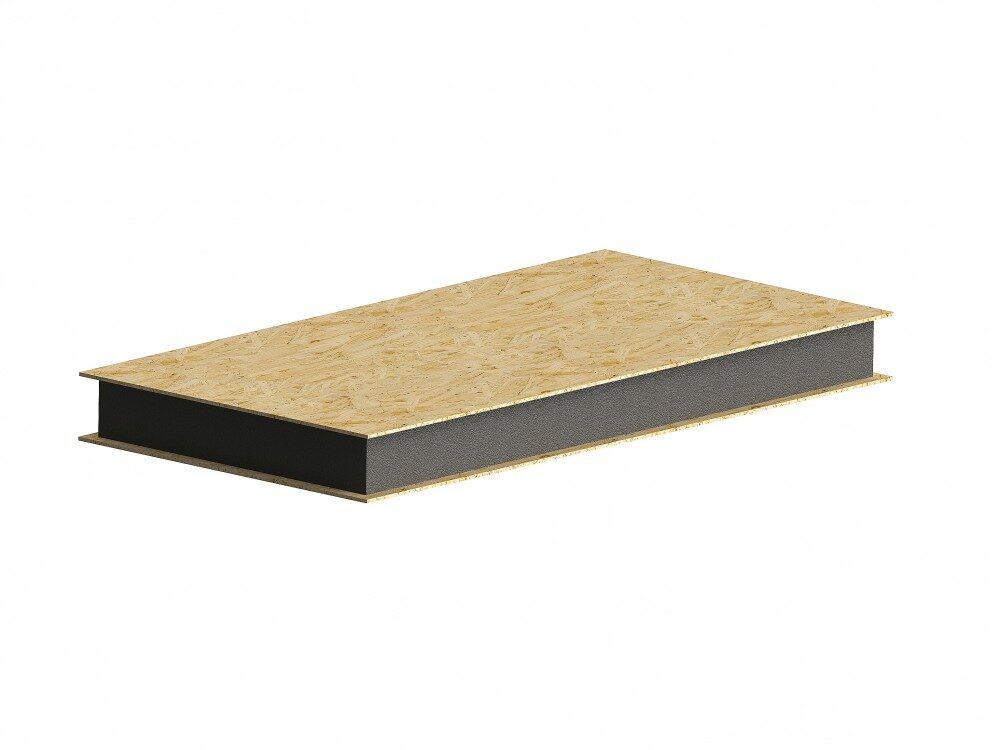What is a SIP Panel?
Structural Insulated Panels (SIP) are high-quality building materials used for the construction of residential and light commercial buildings. The panels consist of foam polystyrene insulation sandwiched between two layers of sheathing, typically oriented strand board (OSB). At AlpineSIP, we also offer the option of using Magnesium Oxide (MgO) boards as the sheathing layer. SIP panels are manufactured in a factory under controlled conditions, ensuring impeccable quality. SIP panels can be used for almost any building project, resulting in a structure that is extremely durable, energy-efficient, and cost-effective.
Outstanding Thermal Properties
A properly installed SIP panel building provides unparalleled insulation and airtightness, reducing energy costs throughout the building's lifespan. SIP buildings are known to be approximately 50% more energy-efficient than traditional timber-framed structures. The enclosure of SIP buildings has minimal thermal bridging and provides excellent airtightness, meeting "nearly zero-energy building" standards.
High-Quality Indoor Air
Indoor air quality is not affected by the building's airtightness issues, and regardless of the outside wind speed and temperature, the indoor climate will be controlled. Air exchange through a recovery system will not be compromised.
Sustainable Construction
Sustainability is based on resource conservation and effective spending. SIP allows you to stay ahead on the construction site because SIP installation is very simple, which reduces construction waste. This leads to effective spending and getting more value for your money.
Faster Construction with Less Labor
For example, let's consider a popular size and single-story house in Latvia. To assemble the walls of a 120-square-meter house, a team of three people with construction knowledge needs only 2.5-3 days, and no cranes or heavy construction equipment are required.
Architectural Possibilities
SIP panels do not in any way limit your architectural possibilities. In fact, they may even open up greater opportunities to create interesting design elements while maintaining a very high overall energy efficiency of the building.
